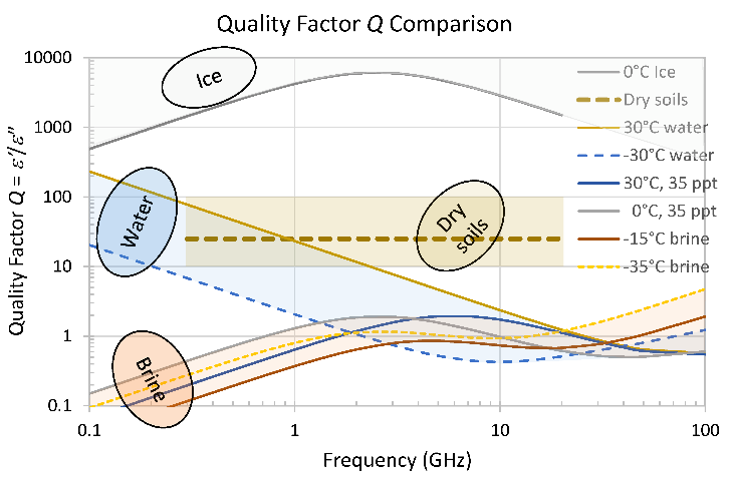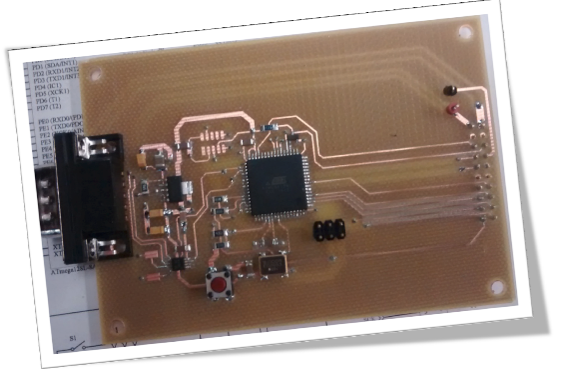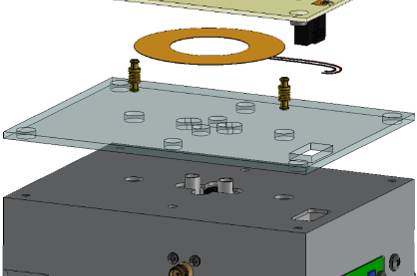Soil Wetness Sensor
Summary
Mission: Detect brine pockets and measure soil water content on Mars and other icy moons and planets.
Challenge: Previous proposed solutions are bulky and cannot detect water, ice, and brine content in one sensor. Water and nutrients are important to sustain microbial life and may only exist together in specific isolated areas. A compact sensor is required that can detect water and brine content.
Solution: A microwave resonator determines the resonant frequency of a soil patch, detecting resonant frequency shifts, which are then correlated to known resonant behavior of water, ice, and brine permittivity. The entire system of electronics is contained in a small package that can be placed by a robot arm on Mars.
Value: By detecting the water, ice, and brine content, the sensor can map out habitable environments for microbial life on Mars and other planets.
Scientific Objective
It has been hypothesized that the combination of perchlorate salts discovered by Phoenix Mars Lander and the thermodynamics of freeze-thaw cycles could create brine pockets in the shallow subsurface of Mars. If such pockets of liquid brine are present on Mars it would provide important insight into Martian geochemistry and weathering as well as implications about the planets habitability.
This soil wetness sensor can detect the presence of brine layers a few millimeters thick and measure the soil moisture and density. By utilizing a microwave resonator, this miniature sensor is capable of probing Martian soil from the surface of the planet, without need for other bulky tools such as drills.
A Mars environmental chamber has been fabricated at the University of Michigan to simulate the conditions of the Mars Phoenix landing site, including temperature, pressure, and humidity. This chamber allows for characterization and calibration of the microwave brine sensor while still on Earth. Initial calibrations have been performed for the resonance frequency (soil permittivity) and quality factor (amount of saline solution in the soil).
Lab Contributions
- Instrument Principal Investigator, Prof. Nilton Renno, Professor, Climate and Space Sciences and Engineering
- Roger Backhus is the Cognizant Engineer in SPRL



